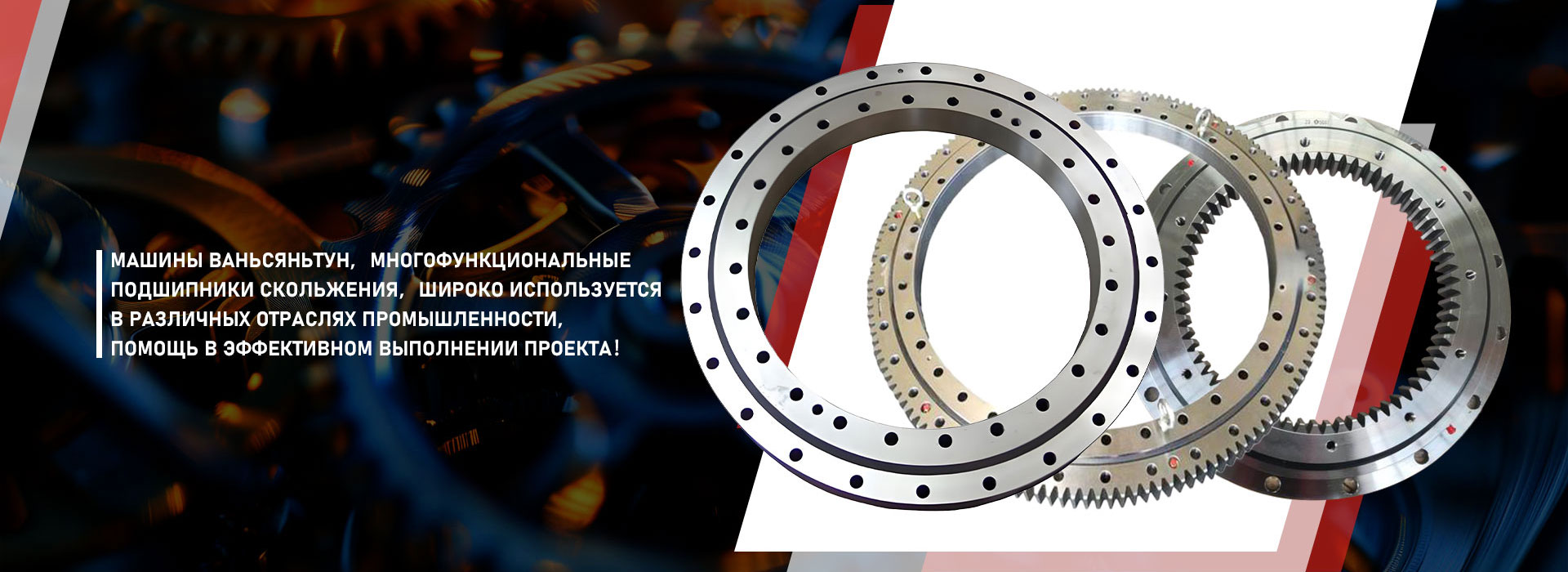
Mechanical processing of metal
Mechanical processing of metal
Mechanical processing of metal is a targeted change in the shape, size and properties of metal blanks using various tools and devices. Imagine a piece of metal, like a rudely flooded piece of clay. Mechanical processing is a process that turns this clay into complex details: from small screws to huge bridges.
Types of machining
There are many methods of metal processing. One of the most common is cutting. Like a knife, we can cut off the piece, removing the layer by a layer of metal using a cutting tool. Other methods, such as stamping and pressing, act on metal with force, changing its shape without direct cutting. Pressure processing is ideal for creating parts of a complex shape, and milling allows to achieve the highest accuracy. The choice of the method depends on the material of the metal, the required shape of the part and, of course, on the available equipment.
Technological processes and tools
Each operation requires special tools. For cutting, incisors, mills, drill are used. The quality of the cutter directly affects the accuracy and quality of processing. The accuracy, speed and performance of modern machines allow you to process complex parts of high accuracy with minimal time. Modern machines are real assistants who provide high efficiency and safety. And of course, professional qualifications of operators are needed, who understand how to work with these tools and technologies.
The value of machining
Without mechanical processing, it is impossible to create a huge number of modern devices and mechanisms that we use every day. From car parts to medical instruments - everywhere there is the result of this painstaking and important work. It creates details that are reliable, durable and accurate. Mechanical processing is the foundation for all modern production, and without it the development of technology would be unthinkable.
AppropriateProducts
Corresponding products
The best soldproducts
The best -selling productsConnectedsearch
Related search- Manufacturers of pairs of gears in China
- Metal processing manufacturers in China
- Cheap replacement of the musculoskeletal bearing price price
- Metal processing manufacturers in China
- Chinese factories for the production of the 2nd stage
- The main countries of the OEM5 gears
- The main suppliers of front bearings from China
- Buy a hub bearing
- Suppliers of the OMA supporting device KMMU
- The gear of the crankshaft VAZ














